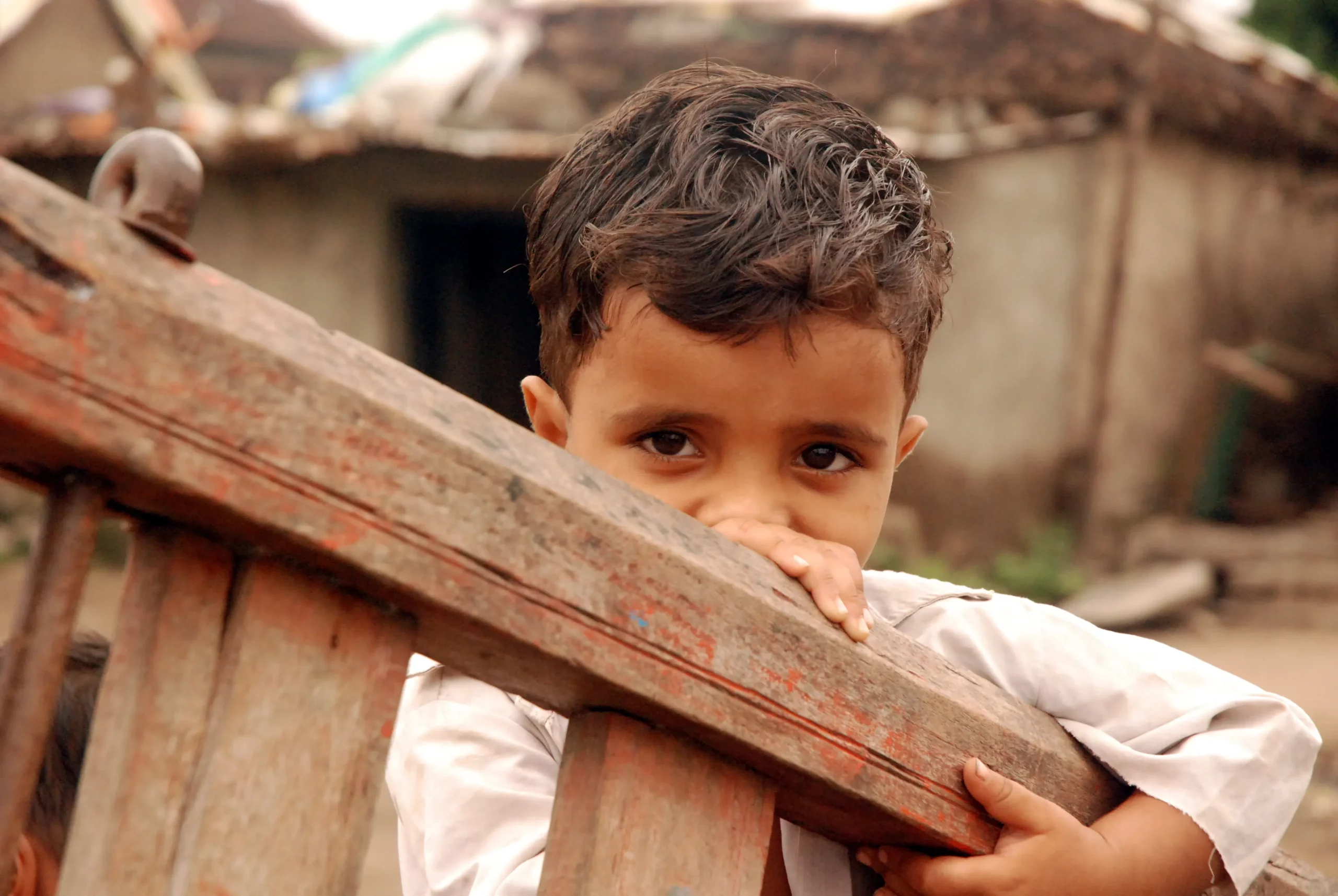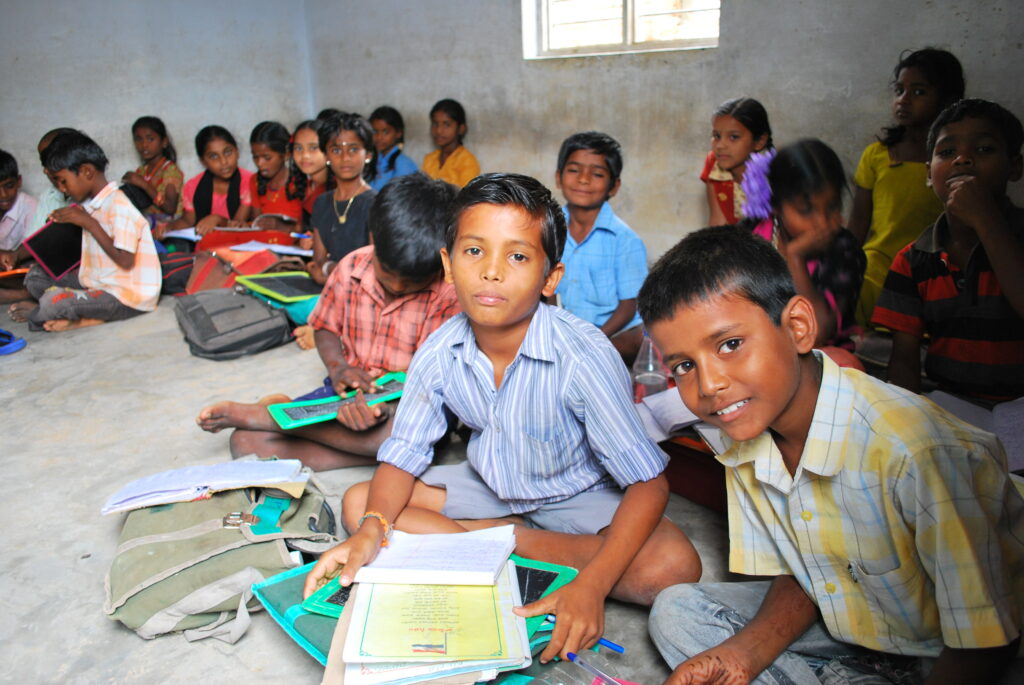
Understanding the Different Types of Child Trafficking and How We Can Protect Children
Summary/TL;DR of Types of Child TraffickingChild trafficking is the illegal recruitment, movement, or exploitation of children for forced labor o....
Read More
Around the world, child trafficking is still practised, a terrible reality that is only getting worse in India. According to NCRB 2018, 51% of all trafficking victims were children, and more than 80% of them were girls. This number is a wake-up call regarding India's growing child trafficking crisis that needs to be recognised and resolved at the earliest.
Disadvantaged communities - Dalits, tribals, and religious minorities - are most vulnerable to trafficking. Children from underserved families are subjected to trafficking in the form of forced child labour and/or sex trafficking. Several children are illegally employed in brick kilns, construction sites and agricultural fields. Child trafficking also takes form when children are forcefully engaged in begging rackets and other such activities. Many children are sold by their parents to work in factories and other industries that are highly dangerous with toxic environments.
Apart from this, horrific stories emerge daily of young girls being forced into the sex trade. Parents of these children are either betrayed or lured due to the poor socio-economic conditions that eventually compel them to make their children work at a tender age. When it comes to the uneducated and poor living in the slums and other backward regions in the country, most traffickers exploit their lack of awareness. Traffickers promise daily wages to parents of young children and transport them to big cities where they are often treated as commodities. Families in dire financial conditions are often approached by traffickers with an offer to buy their children and with no other escape from their pitiful conditions, parents comply.
Child trafficking in India is a deeply distressing and pervasive issue that continues to plague societies worldwide, including India. As an esteemed NGO dedicated to upholding Child Rights, we believe that comprehending the root causes of child trafficking is pivotal to developing effective strategies for its prevention and eradication. Through this informative piece, we aim to shed light on the main causes of child trafficking and offer viable solutions to control this heinous practice.

Education acts as a powerful shield against child trafficking in India. When children are denied access to quality education, they become vulnerable to exploitation. According to UNESCO, India had an estimated 6.1 million out-of-school children of primary school age in 2019. We are the NGO working for child education and make sure to protect all rights of a child.
Causes of child marriage not only robs children of their childhood but also exposes them to the risk of trafficking. Girls forced into early marriages are more likely to experience abuse and exploitation.
Cultural norms and traditions that perpetuate gender bias and discrimination contribute to child trafficking in India. For instance, the Devadasi system in some parts of India has historically exploited young girls, perpetuating the cycle of trafficking.
Weak law enforcement and corruption provide fertile ground for child traffickers to operate with impunity. The lack of stringent measures to combat trafficking enables its growth.
The demand for cheap labour in various industries drives the demand for child trafficking. The International Labor Organization estimated that approximately 10.1 million children in India were engaged in child labour in 2020.
Regions plagued by political instability often have inadequate protective measures for children, making them easy targets for traffickers who take advantage of the chaos.
Discriminatory attitudes towards girls and women make them more vulnerable to trafficking, as they are often perceived as expendable and without agency.
The absence of robust social protection mechanisms creates a void that trafficking networks exploit. Children without proper support systems are more likely to fall prey to traffickers.
Also Read: Causes of child labour
The most common form of child trafficking in India is labour trafficking, where children are coerced or forced to work in hazardous conditions, often in sectors like agriculture, domestic work, and construction. They are subjected to gruelling hours, minimal wages, and deplorable living conditions. The International Labor Organization reports that nearly 79% of all child trafficking cases in India are related to labour exploitation.
Also Read: Ways to eliminate child labour
To effectively control child trafficking in India, a multi-pronged approach is imperative:
Priorities education and eradicate barriers that prevent children from attending school, such as poverty and gender bias.
Educate communities about the dangers of child trafficking and its consequences. Engage local leaders, schools, and parents in awareness campaigns.
Enforce and strengthen laws against child trafficking, ensuring that traffickers face severe penalties.
Empower local communities to recognize and prevent trafficking. Provide vocational training and livelihood options for vulnerable families.
Develop and strengthen social protection mechanisms that offer a safety net for children and families, reducing their susceptibility to trafficking networks.
Form collaborative efforts between governments, NGOs, and international organizations to combat trafficking across borders.
As an NGO committed to safeguarding the rights of children, we recognize the urgency of addressing the root causes of child trafficking in India. By focusing on education, legal enforcement, community empowerment, and collaboration, we can create a society where every child's right to a safe and secure childhood is upheld. Together, let's work towards a future where no child falls victim to the horrors of trafficking.
We, at CRY, work passionately towards a solution-oriented approach to this deep-rooted problem of child abuse in India. CRY works with project partners at the grassroots level to help facilitate the rescue, restoration, and rehabilitation of trafficked victims.
The basic rights of children include adequate health, nutrition, education, and protection from abuse and exploitation. Regardless of their social or economic circumstances, all children have a right to care and protection as well as the opportunity to grow and develop to their full potential. Support CRY in safeguarding India's underprivileged children, as they must be protected from child trafficking. Donate to NGO CRY and help make a difference!